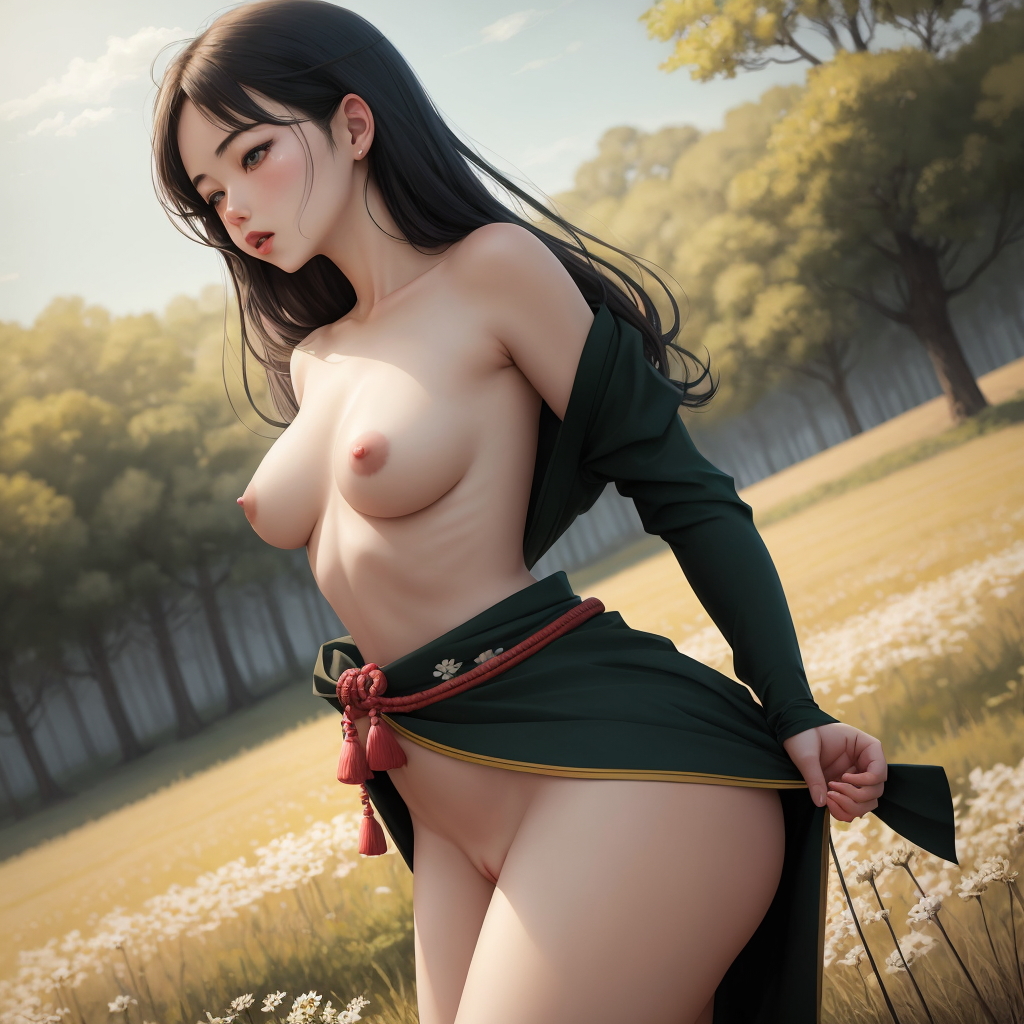Rise of Hentai

Once upon a time, there was a small village nestled deep in the heart of Japan. The villagers were simple people who lived off the land, growing crops and tending to their animals. But one day, something strange happened. A group of travelers passed through the village, bringing with them stories of a new kind of art that had been gaining popularity in other parts of Japan: hentai.
The villagers were fascinated by these tales, and soon they began to experiment with this new form of art themselves. They drew pictures of their own bodies and those of others, exploring different poses and positions. At first, it was just a harmless pastime, but as more and more people became involved, things started to get out of hand.
Soon, the village was filled with scandalous drawings and paintings, depicting all sorts of sexual acts and fantasies. Some of the villagers found this to be incredibly exciting and liberating, while others felt uncomfortable and ashamed.
Despite the controversy surrounding hentai, it continued to grow in popularity throughout Japan. More and more artists began to create hentai works, and more and more people began to seek them out. Eventually, hentai became so widespread that it was officially recognized as an art form by the Japanese government.
Today, hentai is a thriving industry in Japan, with countless artists creating works for fans around the world. It has become a powerful symbol of Japanese culture and creativity, and continues to inspire and delight people of all ages.
As the years went on, hentai continued to evolve and adapt to changing tastes and preferences. New styles emerged, such as shoujo and mecha hentai, which focused on young girls and giant robots respectively. Other sub-genres included yuri (lesbian) and yaoi (gay), which further expanded the possibilities for creative expression.
In addition to its artistic side, hentai also played a role in popular culture. Anime and manga featuring hentai themes became increasingly popular, and many mainstream media outlets began to include elements of hentai in their programming. This helped to spread the word about hentai and make it accessible to a wider audience.
Despite some criticism and opposition from conservative groups, hentai remained a beloved part of Japanese culture. Its creators and fans continued to push boundaries and explore new forms of sexuality, making hentai a truly unique and groundbreaking art form.
